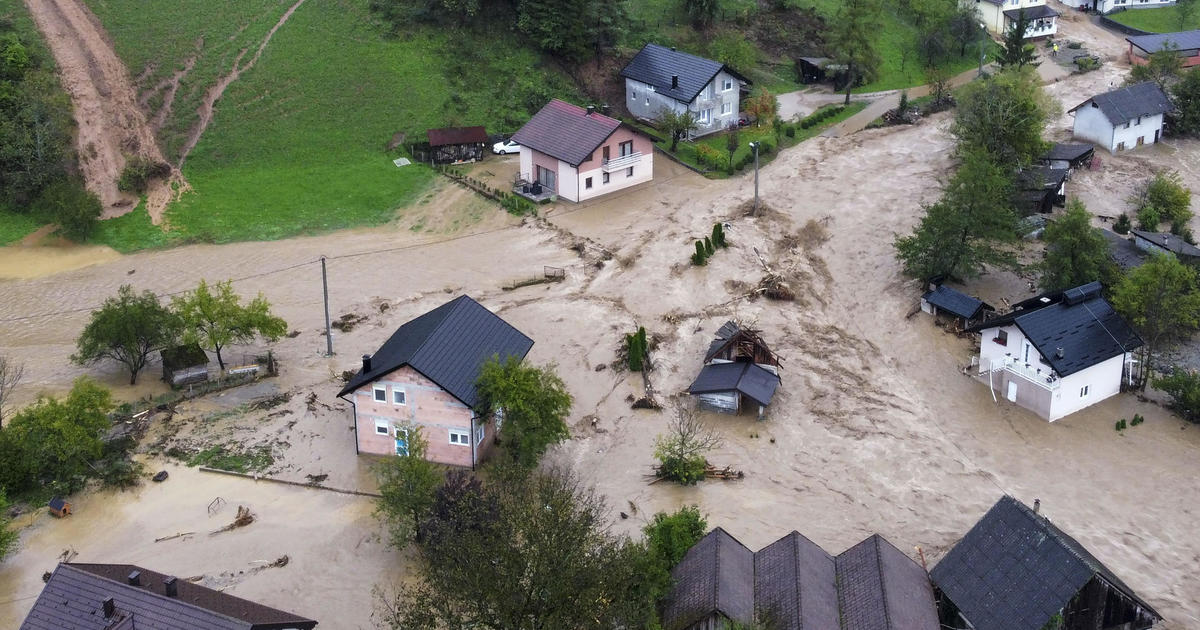Bosnia skilled devastating floods and landslides following a extreme in a single day rainstorm, leading to vital lack of life and widespread destruction. The affect was notably acute in central and southern areas, the place quickly rising waters overwhelmed properties, leaving residents stranded and dealing with the fast aftermath of this pure catastrophe. The dimensions of the injury is immense, prompting pressing requires support and elevating issues in regards to the long-term restoration course of.
Devastating Affect of the Floods
Lack of Life and Accidents
No less than sixteen individuals perished within the floods and landslides, with rescue providers reporting extra lacking individuals. The demise toll is anticipated to rise as search and rescue operations proceed within the affected areas. Among the many casualties, a pregnant girl tragically misplaced her child after being rescued and transported to the hospital in Mostar. Whereas medical doctors are preventing to save lots of her life, the incident highlights the devastating penalties of the catastrophe on essentially the most susceptible members of society. A toddler was additionally efficiently rescued and hospitalized, demonstrating a small victory amid widespread devastation.
Widespread Destruction and Infrastructure Injury
The floods brought about in depth injury to infrastructure, rendering many cities and villages inaccessible. Roads have been fully blocked, and prepare traces have been severely disrupted, successfully isolating total communities. The destruction prolonged past transportation, with properties inundated, energy outages affecting a good portion of the affected inhabitants, and communication hampered attributable to lack of cell phone sign. This infrastructure breakdown has considerably hampered rescue efforts and the supply of support to affected areas. One of many important roads connecting Sarajevo to the Adriatic coast was severely broken, impacting transportation and hindering rescue missions and provide supply.
Response and Rescue Efforts
Mobilizing Sources and Personnel
The Bosnian authorities swiftly mobilized the military and known as for volunteers to help in rescue and restoration efforts. The Protection Minister, Zukan Helez, acknowledged that troops are actively concerned within the rescue operation and highlighted the problem of reaching people trapped in landslide-affected homes. Rescue providers confronted challenges together with impassable roads, energy outages, and communication disruptions, impacting their effectivity and the swiftness of their response to the disaster. The dimensions of the catastrophe underscores the vital want for extra organized catastrophe preparedness, together with the institution of extra environment friendly communication techniques to assist higher coordinate responses.
Challenges Confronted Throughout Rescue
Regardless of the fast mobilization of sources, the response confronted vital challenges, largely as a result of scale of the devastation. Roads impassable by customary autos attributable to landslides and floodwaters required rescuers to make the most of helicopters and boats to succeed in remoted communities. Furthermore, communication difficulties have been often skilled, exacerbating rescue operations. Many areas have been fully with out electrical energy or mobile service, complicating coordination and useful resource allocation. The extent of injury to important infrastructure highlighted the dearth of ample preventative measures and additional emphasizes the need for proactive measures to deal with vulnerabilities associated to the dimensions of future local weather occasions.
Underlying Causes and Local weather Change
Intensified Rainfall and Drought
Human-caused local weather change has significantly elevated the depth and frequency of heavy rainfall occasions. That is attributed to hotter air’s capacity to carry higher portions of moisture. The summer season’s extended record-breaking warmth within the Balkans additionally performed a contributing function by creating extreme drought circumstances which lowered the capability of the parched earth to soak up the next torrential rainfall. The mixture of extended drought adopted by excessive rainfall occasions creates heightened flood dangers as soils have considerably decreased absorption capabilities resulting in extreme inundation, as demonstrated with the numerous and fast flooding.
Lengthy-term Impacts and Vulnerability
The dimensions of this disaster raises severe issues in regards to the long-term vulnerability of Bosnia and Herzegovina to excessive climate occasions exacerbated by local weather change. Previous occasions, such because the devastating 2014 floods which brought about widespread injury and highlighted severe danger assessments, have didn’t fully inform coverage or preparedness methods on the required degree. Whereas the catastrophe restoration from 2014 introduced consciousness to sure danger areas, simpler catastrophe preparedness measures which embody group and particular person danger evaluation together with infrastructural enhancements stay largely unaddressed.
Takeaway Factors
- The Bosnian floods and landslides resulted in a major lack of life and in depth injury.
- Rescue efforts confronted substantial challenges as a result of widespread destruction of infrastructure.
- Local weather change is a major issue exacerbating the depth and frequency of such occasions.
- Bosnia urgently wants to reinforce its catastrophe preparedness and mitigation methods.
- Lengthy-term investments in infrastructure, efficient communication techniques, and group preparedness packages are mandatory.









